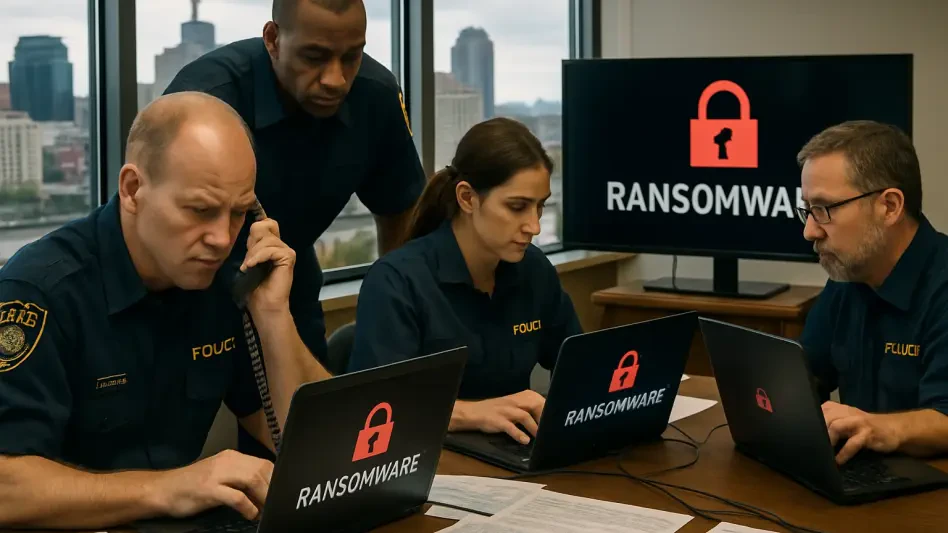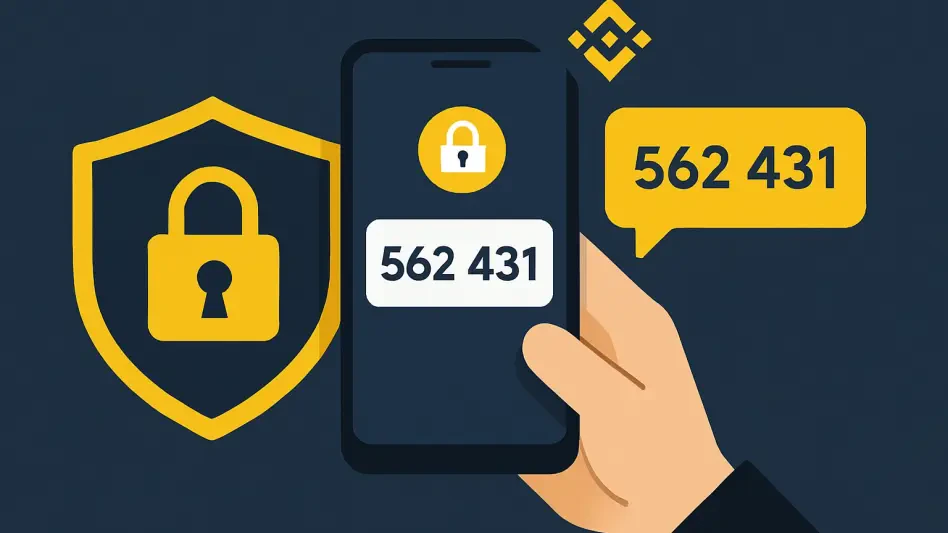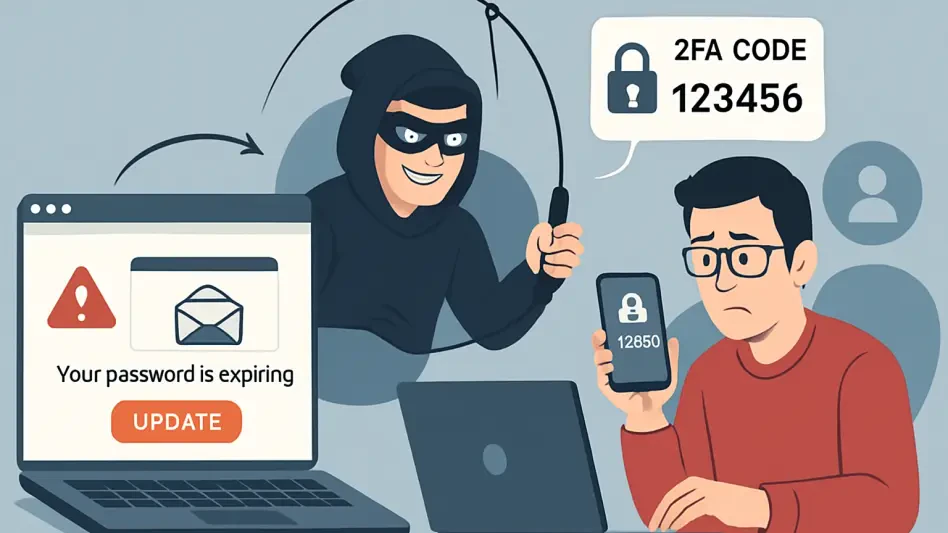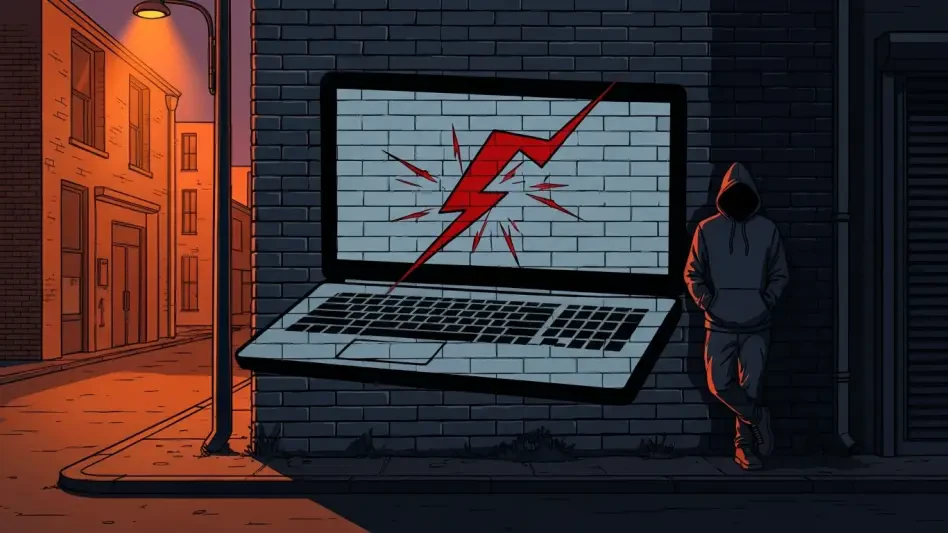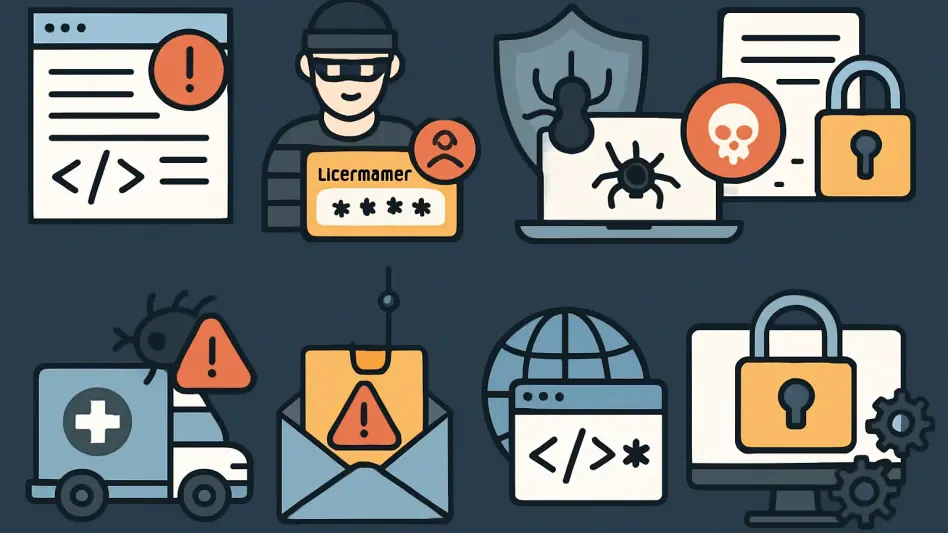In an era where digital threats loom large over public institutions, the city of St. Paul, Minnesota, found itself grappling with a severe ransomware attack that compromised sensitive employee data and disrupted municipal operations. This incident, detected in late July, exposed over 46 gigabytes of information on the dark web, sending shockwaves through the community and prompting a swift, multi-faceted response from city officials. Far from a mere inconvenience, the breach highlighted the vulnerabilities even well-prepared cities face in the face of sophisticated cybercrime. The response strategy, involving federal and state partnerships, meticulous security overhauls, and a firm stance against ransom demands, offers a compelling case study in crisis management. As cybercriminals grow bolder, understanding how a major city navigates such a crisis provides critical insights into the intersection of technology and public safety. This exploration delves into the specifics of the attack and the robust measures taken to mitigate its impact, showcasing a blend of urgency and strategic planning.
Initial Detection and Impact of the Cyber Breach
The ransomware attack on St. Paul emerged as a stark reminder of the digital risks facing urban centers, with the breach first detected on July 25 in the Parks and Recreation Department’s shared server. Hackers accessed a substantial volume of data, later publishing over 46 gigabytes on the dark web, a move that underscored the severity of the intrusion. While the exposed information did not include critical systems such as payroll or licensing, it contained a mix of work documents, personal identification details, and miscellaneous files. City officials, led by Mayor Melvin Carter, quickly acknowledged the incident, emphasizing transparency while cautioning that additional data might have been stolen beyond what was publicly released. The immediate impact was felt across departments, with disruptions forcing a temporary reliance on manual processes for certain operations. This breach not only compromised employee privacy but also tested the city’s resilience, setting the stage for a comprehensive recovery effort that prioritized security over speed.
Beyond the initial shock of the data exposure, the broader implications of the attack became evident as the city assessed the scope of the damage. The incident affected thousands of employees, raising concerns about identity theft and long-term privacy risks. Although the published data was deemed non-critical by officials, the potential for further leaks kept tension high among city workers and residents alike. The breach also disrupted daily operations, with some systems requiring complete shutdowns to prevent additional unauthorized access. Mayor Carter’s administration moved quickly to reassure the public, detailing the nature of the compromised information while outlining the steps being taken to address the fallout. This early response focused on containment, with affected systems isolated and data backed up to limit further damage. The situation underscored the urgent need for fortified cybersecurity measures, prompting a city-wide initiative that would soon become a model of collaborative crisis management in the face of digital threats.
Strategic Response and Operation Secure St. Paul
In the wake of the ransomware attack, St. Paul launched a robust recovery plan dubbed Operation Secure St. Paul, a coordinated effort involving the FBI, Homeland Security, and the Minnesota National Guard. The city’s immediate action was to shut down compromised systems, safeguarding critical infrastructure from further infiltration while initiating comprehensive data backups. A cornerstone of this operation was the decision to conduct in-person password resets for all 3,500 city employees, transforming Roy Wilkins Auditorium into a centralized hub for this purpose. By late Monday following the breach’s public disclosure, over 2,000 employees had completed the process, with 80 individuals processed every half-hour across numerous laptops. This hands-on approach, endorsed by cybersecurity experts, ensured identity verification and device security, prioritizing safety over convenience. Deputy Chief Information Officer Mary Gleich-Matthews highlighted the importance of this method, noting its effectiveness in rebuilding trust in the city’s digital systems.
Complementing the password reset initiative, St. Paul’s response included significant upgrades to its cybersecurity framework, with over 90% of city devices now equipped with advanced security software. The city dedicated weeks to scrutinizing every server and application, ensuring no lingering vulnerabilities remained. While cloud-based systems largely escaped the attack’s impact, core functions like payroll faced temporary disruptions, necessitating manual processing as a stopgap measure. This meticulous approach to system recovery, though time-intensive, reflected a commitment to long-term resilience over hasty fixes. Additionally, the city offered 12 months of credit monitoring and identity theft insurance to affected employees, addressing the personal toll of the breach. Partnerships with federal and state agencies provided critical expertise, reinforcing the operation’s success and setting a precedent for how municipalities can tackle cyber crises through unified action and strategic planning.
Firm Stance Against Ransom and Future Preparedness
A defining element of St. Paul’s response was the unwavering decision to refuse payment of the ransom demanded by the hackers, a stance articulated clearly by Mayor Carter. This position aligns with a growing trend among public entities to resist such demands, aiming to deter future attacks by removing financial incentives for cybercriminals. Instead of capitulating, the city channeled resources into rebuilding and fortifying its digital infrastructure, a choice that, while prolonging short-term operational challenges, underscored a principled approach to cybersecurity. The refusal to pay also sent a strong message to both residents and potential attackers about the city’s resolve, emphasizing that resilience and security would not be compromised by coercion. This decision, though difficult, positioned St. Paul as a leader in the fight against ransomware, highlighting the importance of strategic defiance in the face of digital extortion attempts.
Looking beyond the immediate crisis, the city’s focus shifted to ensuring long-term protection against similar threats, recognizing that full system restoration remained an ongoing process with an uncertain timeline. The attack exposed critical gaps in existing defenses, prompting a thorough reevaluation of cybersecurity protocols across all departments. Efforts to secure every device and application continued, with officials committed to implementing cutting-edge solutions to prevent recurrence. The collaborative framework established during the crisis, involving federal and state partners, proved invaluable and is expected to serve as a blueprint for future responses. Moreover, the experience emphasized the need for continuous employee training on digital safety practices, ensuring that human error does not become a gateway for future breaches. As St. Paul worked to rebuild, the lessons learned from this incident offered a roadmap for other cities, demonstrating that proactive measures and inter-agency cooperation are essential in navigating the evolving landscape of cyber threats.
Lessons Learned and Path Forward
Reflecting on the ransomware attack, St. Paul’s journey through crisis management revealed both vulnerabilities and strengths in its approach to cybersecurity. The breach, though significant, did not break the city’s spirit; instead, it galvanized a response that balanced immediate action with thoughtful planning. By late Monday after the public disclosure, the progress in resetting passwords for over 2,000 employees showcased an impressive logistical feat, supported by federal and state expertise. The decision to stand firm against ransom demands echoed a broader commitment to disrupting the cycle of cybercrime, even as manual workarounds temporarily slowed operations. This incident served as a wake-up call, prompting a deeper investment in technology and training to safeguard against future threats. The collaborative efforts with agencies like the FBI highlighted the power of unity in addressing complex digital challenges, setting a standard for municipal resilience.
As St. Paul moved forward from the attack, the focus turned to actionable steps that could prevent recurrence and support recovery. Implementing advanced security software on nearly all devices marked a significant stride, but officials recognized that vigilance must remain constant. Plans to enhance employee awareness programs took shape, ensuring that staff understood the risks of phishing and other common attack vectors. The offer of credit monitoring to employees addressed immediate personal concerns, while ongoing system reviews aimed to uncover any hidden weaknesses. Partnerships forged during the crisis laid the groundwork for sustained cooperation, with the city poised to share insights with other municipalities facing similar threats. Ultimately, the response to this ransomware incident became a testament to strategic perseverance, offering a model for how cities can emerge stronger from digital adversity by prioritizing security, collaboration, and forward-thinking solutions.

